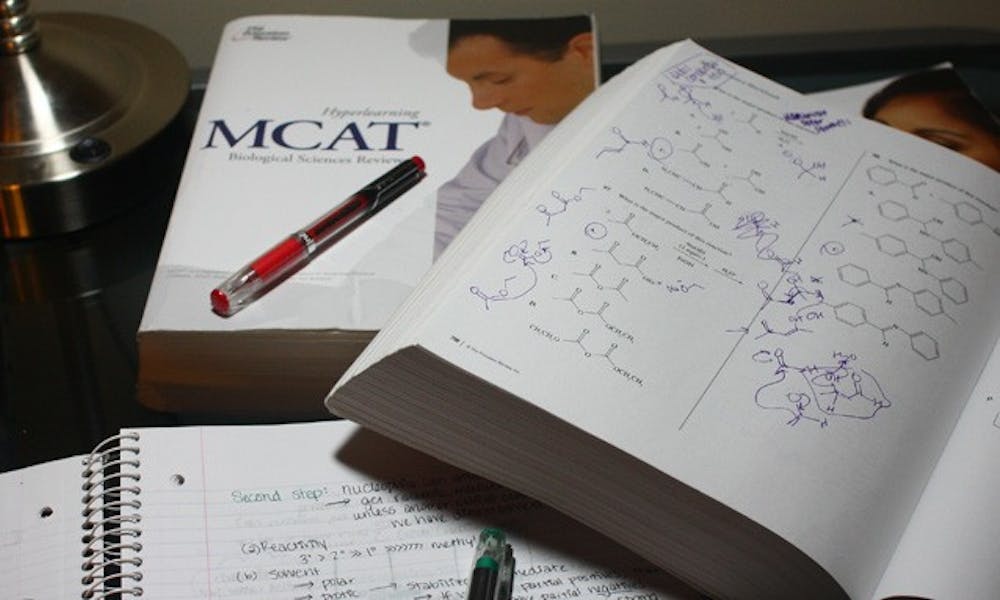An increase in the number of Duke students applying to medical school this year continues a notable trend of this decade.
Associate Dean Daniel Scheirer, director of the Office of Health Professions Advising, said the number of Duke students applying to medical schools has increased around 5 to 10 percent this Fall. HPA counts only first-time applicants but includes both alumni and current seniors. Duke has seen a continuing, gradual increase in first-time applicants over the last decade, up 24 percent from 2002 to 2009, according to the HPA’s 2009-2010 annual report.
Despite the recent financial downturn, Scheirer said she does not attribute the increase in applications to the gloomy job market, noting that the pre-med track requires multiple years of planning. Pre-med students, typically starting freshmen year, must take a long list of science classes and prepare for the MCATs while conducting research work at labs and volunteering in clinical settings. This prevents Duke students from considering medical school later in their college careers.
Last year, 13 percent of the graduating class applied to medical schools. Of those students, 83 percent were accepted, compared to the national acceptance rate of 46 percent.
Although the pre-med track is competitive and rigorous at Duke, some seniors noted it was a worthwhile investment considering the job security it generally provides.
Joanna Zhou, a pre-med senior who has applied to medical schools, said that in the current economy, going to medical school is a safer alternative.
“You go to school for another four years and you come out with a job. People always get sick, and everyone goes to a doctor,” Zhou said. “Compared to being unemployed and moving back home after college, going to school for another four years and then being able to save lives afterwards doesn’t seem as bad anymore.”
But not every student chooses to go directly to medical school after Duke. Kirsten Nicholas, assistant director for the Career Center, said she tries to present the multiple options to pre-med students, explaining to them the advantages and disadvantages of taking a gap year. Ultimately, though, students must make the decision of when to apply and attend medical school themselves, she added.
Alex Zhang, another pre-med senior who has applied to medical school this year, noted that most of his own pre-med friends have actually not applied this fall, opting instead to take gap years. HPA often advises students to take a year off, Zhang noted from his personal experience, but he added that the fact that applications to medical schools are still increasing shows “maybe there’s just a ton of really stubborn or really smart kids in the senior class.”
For many pre-med seniors graduating from a school like Duke, a gap year is not for aimless experimentation, said Sarah Hochendoner, a pre-med senior who will wait a year to go to medical school. Although she is taking a gap year, Hochendoner is certain that she wants to ultimately be a doctor. She said she plans on doing health-related activities at least for a part of her gap year to increase her chances of being accepted to medical school and said she expects that many of her peers taking gap years will be doing similarly.
Get The Chronicle straight to your inbox
Signup for our weekly newsletter. Cancel at any time.

